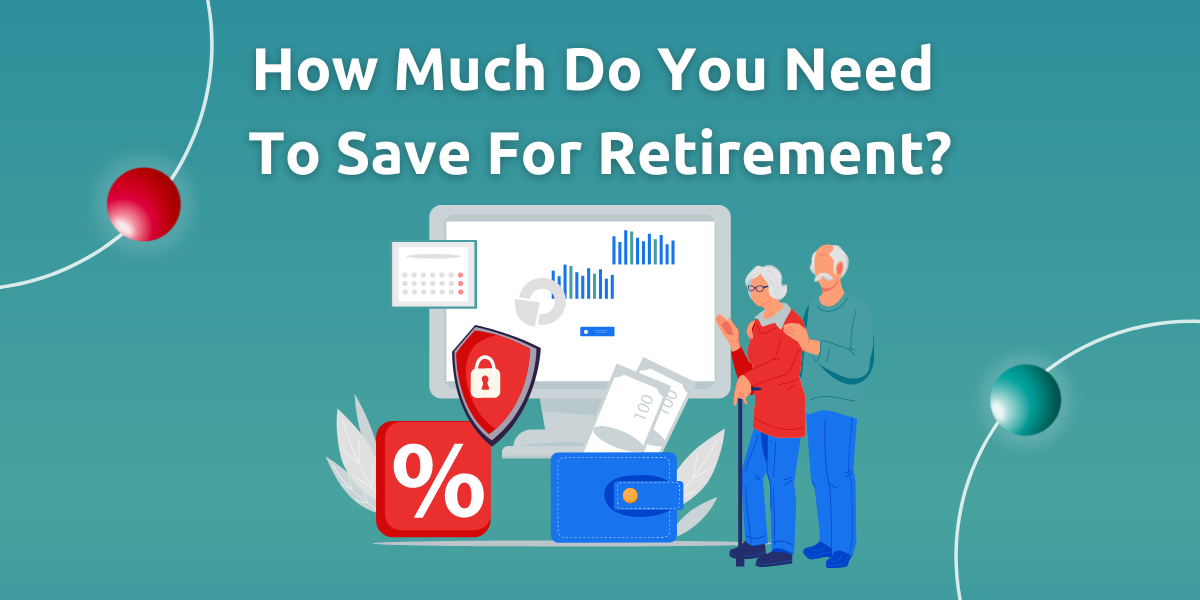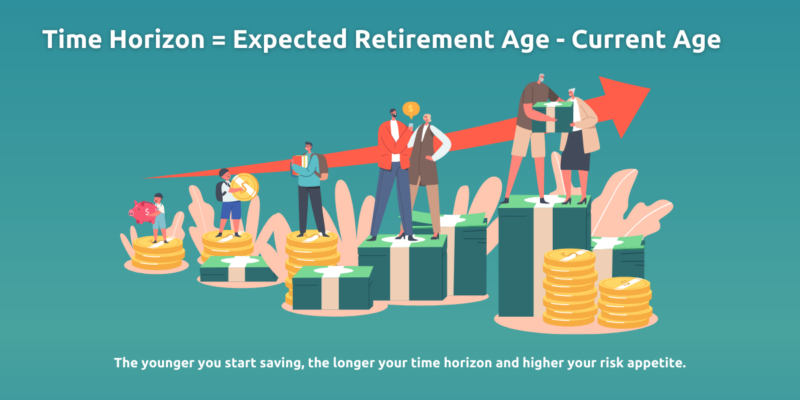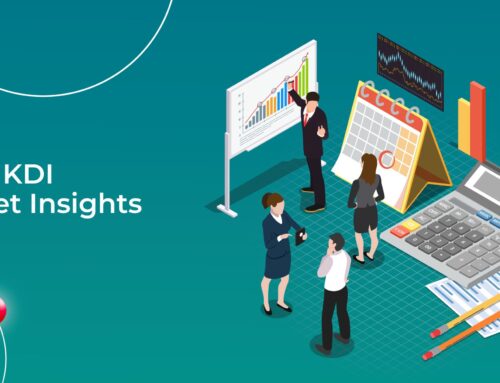How Much Do You Need to Save for Retirement?

A majority of working Malaysians solely depend on their monthly contributions to the Employees Provident Fund (EPF), with EPF maintaining the accounts of more than 14 million members. Thus, it is a major red flag that only 3% of EPF contributors can even afford to retire.
Pre-pandemic, 68% of EPF members did not have the minimum basic savings requirement of RM240,000 at age 55, with about 20% retiring with less than RM10,000. These figures are bound to be even higher now.
With life expectancies expected to keep on rising as a result of healthcare advances, inadequate retirement savings poses a serious threat to the wellbeing of the elderly and ageing population.
Thus – unless you are willing to work all the way into your 80s or 90s, or cut back on your spending to the bare bones – it is vital to build up your financial literacy, improve your savings behaviours, and explore other investment avenues towards attaining better financial wellbeing as you near retirement.
Setting Retirement Goals
There is a common belief that if you put in the hours, your EPF will be enough to tide you over in your old age. However, rising inflation and lower purchasing power, as well as large necessary expenditures on healthcare and education, means proper long-term financial planning must extend to investing in other funds or asset types.
Luckily, you do not need specific accounting skills in order to plan your retirement. Think about your retirement goals – how much you want to have, when you want to retire, and how long you will have to meet these goals. You can break up your retirement plan into multiple components such as: monthly expenses (food, utilities and transport), expected lifestyle post-retirement, and one-off major expenses (such as overseas travel, or buying a new house). An ideal retirement fund would amply support you enjoying the same standards of living as your working years, or better.
However, every individual and household’s cost of living expenses – and thus, savings for retirement – will differ based on their life circumstances, including such factors as marital status, the number of children/dependents they have, and where they live. There can be large disparities between what a single person in Kuala Lumpur needs to save for retirement as compared to a family of four in Alor Setar, as illustrated in the 2021 Expenditure Guide.
How Time Horizons and Inflation Affect Retirement
Now, consider your time horizon towards retirement – as well as the impact of inflation during that time horizon – on your investments. As illustrated in our article on protecting your investments against inflation, the more time elapses, the more inflation will eat into your savings – and consequently, your purchasing power – in retirement.

Your current age and expected retirement age create the initial groundwork for an effective retirement strategy; the longer the time horizon to retirement, the higher the level of risk that your portfolio can withstand.
If you’re young and have 30-plus years until retirement, you should have the majority of your assets placed into riskier yet potentially higher return investments (such as stocks). Conversely, if you are less than 10 years from retirement, you should allocate more to assets that are lower risk with steady returns (such as highly-rated government bonds or real estate investment trusts).
While the official retirement age under EPF is 55-60 years old, the current life expectancy for Malaysia in 2022 is 78.3 years for women and 73.2 years for men. At the current rate, Malaysians will have around 20 years to enjoy retirement, but they may require more money to do so (especially considering rising healthcare costs).
Calculating Your Savings Starting Point
Another aspect of calculating your ideal savings needed for retirement is to determine your starting point. No matter how young you are, saving for retirement should start as soon as possible, given the factors we’ve outlined above: achieving your set retirement goals, the impact of inflation, rising costs, and longer retirement periods.
There are many helpful calculator tools online, but here is a Malaysian-specific one from the Private Pension Administrator.
Begin by setting aside a ballpark figure for your minimum 9% monthly employee contributions to EPF and income tax payments over the years. Now, calculate the value of the assets you have set aside for retirement today.
Next, take into account that fixed deposit (FD) rates are much lower than they used to be (0.75%-2%) and now lag behind inflation (3% annually), so you can’t put all your retirement money into FDs.
Another thing to consider is investing in assets with higher returns – such as equities, rental income, property, and unit trusts – and in other financial and capital markets that are recognised by law.
Put all these together, and you will have an idea of how much groundwork you need to lay out in order to retire comfortably.
Review and Adjust Your Retirement Strategy
As mentioned earlier, if you set your retirement goals at a young age, you can take a more aggressive approach to help grow your retirement savings by leveraging on investment tools such as KDI Invest, an automated robo-advisory tool that helps you invest in a basket of selected exchange-traded funds (ETFs) listed in the U.S. based on your individual risk profiles.
However, as you get older and begin needing the money you invested, it may make more sense to re-evaluate your approach and take on less risk. In that case, shifting a portion of your assets into FD-adjacent options – such as KDI Save, which guarantees a fixed return rate of 3% for investments up to RM200,000, and 2.25% for amounts beyond that – is your best bet. Unlike typical FDs, KDI Save has no lock-in period, allowing you to access funds you need for daily or emergency spending, should the need arise.
Check out both KDI Invest and KDI Save on the Kenanga Digital Investing mobile app for Android or Apple devices, or visit digitalinvesting.com.my to learn more about saving for your retirement.
